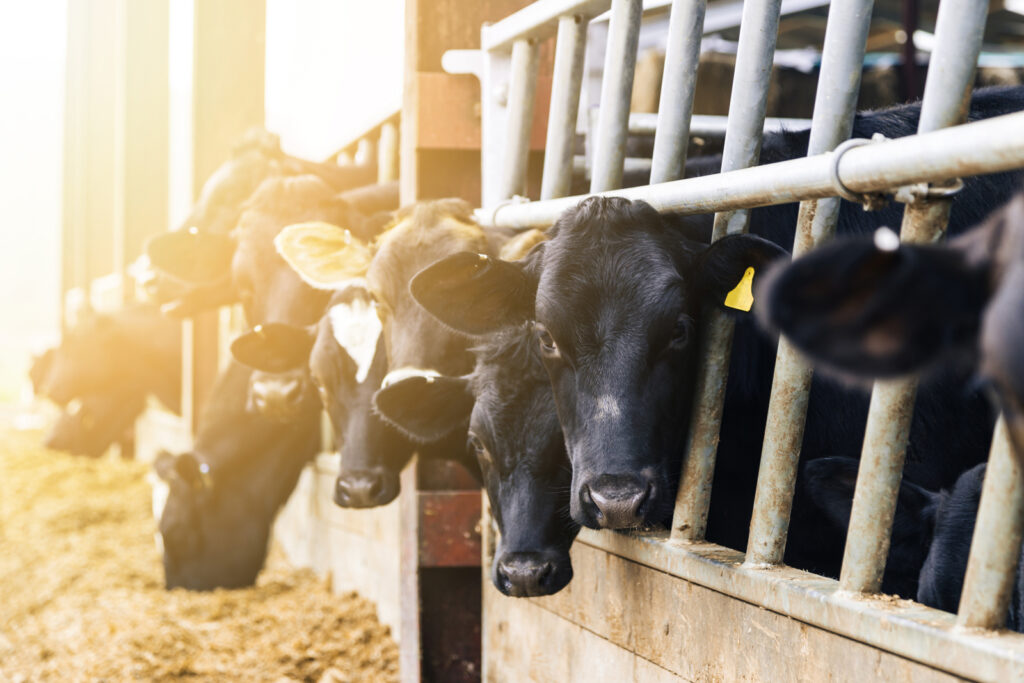
Milk is a “liquid secreted by the mammary glands of female mammals to nourish their young for a period beginning immediately after birth.” While cow milk is the most commonly consumed milk globally, sheep and goat milk are prevalent in southern Europe and the Mediterranean, camel milk is popular in the Middle East and Northern Africa, and water buffalo milk is typical in South Asia. Less common dairy animals include yaks, horses, reindeer, and donkeys. [1] [2]
Researchers are unsure exactly when humans began consuming dairy milk. The earliest evidence dates to the seventh millennium (7000 to 6001 BCE) in what is now Turkey. Milk residue found in pottery points to milk consumption in eastern Europe as early as the sixth millennium (6000 to 5001 BCE) and in Britain as early as the fourth millennium (4000 to 3001 BCE). [3]
Dairy products (those made from any dairy animal’s milk) include butter, flavored milks, ice cream, yogurt, cheeses, butter, and cream, among other products. Milk is also a common ingredient in other food products, including salad dressings, potato chips, and hot dogs. Though frequently stored in the dairy section of grocery stores, eggs are not dairy and do not contain milk. [4] [5] [6]
Milk purchased in American stores is normally both pasteurized and homogenized. Developed by Louis Pasteur in the 1860s for beer and wine, pasteurization is a process of heating and cooling a product to destroy pathogenic microorganisms, like those that cause tuberculosis]. In addition to milk, beer, and wine, products including eggs, juice, kombucha, nuts, flour, cider, and deli meats are frequently pasteurized. Homogenization, patented by August Gaulin in 1899, breaks up the fat globules in milk to distribute fat evenly throughout the liquid so the cream will not rise to the top. [7] [8] [9]

Source: © Luke Wilcox/Dreamstime.com
Milk that has not been pasteurized or homogenized is called raw milk. U.S. federal law bans the sale of raw milk over state lines, but individual states may set their own regulations, including the sale of raw milk in stores or at the farm point of origin, cow- or herd-share agreements, and bans on the sale of raw milk for human consumption. [10]
Plant-based milks, including almond, oat, and soy, are not technically “milk,” but milk replacements or alternatives. These milks may seem new but have been around for centuries. Production of almond milk was recorded in the Middle East in the 13th century and soy milk in China in 1365. [11]
For more on the history of milk, see ProCon’s Historical Timeline: History of Cow’s Milk from the Ancient World to the Present.
